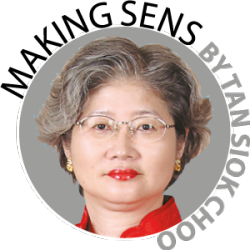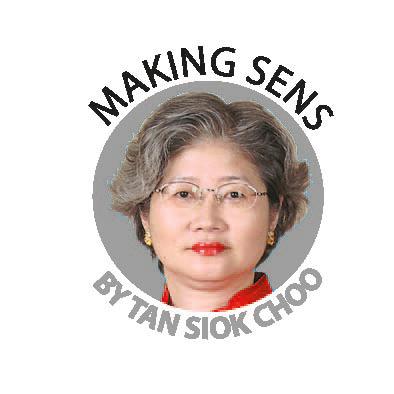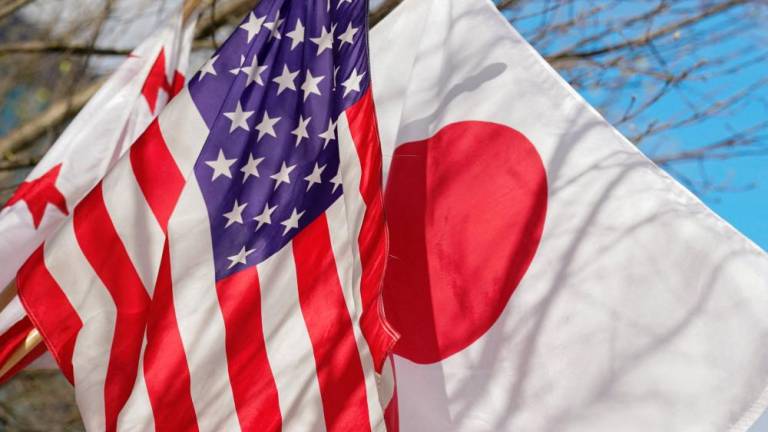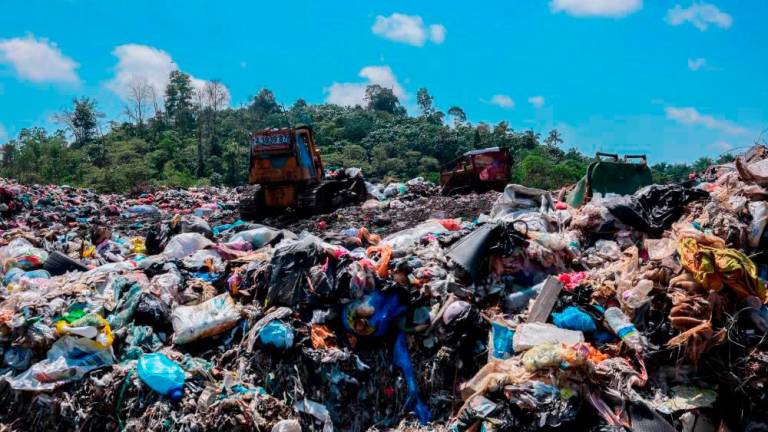IS old always gold? Many Malaysians mistakenly believe the antiquity of heritage houses and 19th century Chinese ceramics elevate their monetary value.
As the owner of an ancestral home with title deeds dated 1799 and as co-possessor of Nyonyaware, far too frequently I have had to disillusion many Malaysians on this score.
Examples of heritage buildings in Peninsular Malaysia include the Cheong Fatt Tze Mansion (CFTM) in Penang, Carcosa and Seri Negara in Kuala Lumpur as well as the Baba & Nyonya Heritage Museum in Malacca.
Undoubtedly, properly-restored and well-maintained heritage buildings are a visual delight. If sufficient number of fee-paying Malaysians and tourists visit, these premises could become commercially viable.
Restoring a poorly-maintained heritage building to its near-original aesthetics is a major challenge – requiring significant financial resources, architectural expertise and a long-term commitment.
Also known as the Blue Mansion, CFTM is an outstanding heritage building for three reasons. It is reportedly only one of two mansions of this size – 3,345 sq m – outside China, the original owner was notable for his wealth and, most important, the painstaking and thorough process of its restoration.
One of the biggest Chinese-style mansions in Malaysia, CFTM comprises 38 rooms, five courtyards, seven staircases and 220 louvre windows. An eclectic mix of Western and Chinese architecture and design motifs, CFTM was also built according to the dictates of Feng Shui; materials used include the five Feng Shui elements of metal, timber, water, fire and earth.
Examples of Western architectural details are Art Nouveau stained glass, trompe l’oeil timber beams, Stoke-on-Trent floor tiles and Glasgow cast iron fittings by MacFarlane & Co. Notable Chinese design elements include cut-and-paste porcelain shard work known as Chien Nien enhanced by decorative patterns hand-painted in tempera.
A wealthy Hakka entrepreneur lauded as the “Rockefeller of the East”, Cheong Fatt Tze built the Blue Mansion for his favourite seventh wife who lived in Penang. Completed around 1895, CFTM was both a home and an office.
After Cheong’s death in 1916, the mansion was bequeathed to his descendants. Although Cheong’s will earmarked funds for the mansion’s maintenance, when his last son died, the building was dilapidated.
In 1990, CFTM was sold to a group of conservationists led by architect, Professor Laurence Loh. Sparing no expense, CFTM was restored to its former glory using old building and decorative techniques.
Instead of 21st century paint, a lime wash was used – the latter absorbs moisture and cools the house – while the blue colour of the Blue Mansion’s outer walls was obtained from the indigo plant.
After CFTM was restored, piling work at the neighbouring Continental Hotel necessitated a second bout of rehabilitation. Spanning six years, the two rounds of restoration cost a reported US$2 million to US$3 million (RM8.4 million to RM12.5 million). Today, rehabilitating a similar size building could cost a prohibitive US$10 million (RM41.8 million), a source suggests.
Equally costly is the need for regular maintenance. Loh estimates about RM300,000 will have to be spent this year to keep CFTM in good shape.
Recognition for CFTM’s restoration and commitment to top-notch maintenance include Unesco’s Most Excellent Heritage Conservation Award in 2000 and Best Boutique Hotel by Expatriate Lifestyle in 2008.
Another misguided belief is Chinese ceramics dated 19th century or earlier enjoy high monetary value. One reason is many writers fail to distinguish between two groups of Chinese ceramics – Imperial ware and export ware.
Nyonyaware was made in China and exported to Malacca, Penang and Singapore. For connoisseurs of Chinese ceramics, export wares are like industrial diamonds while their imperial counterparts are Grade D gemstones.
Imperial Chinese ceramics command high prices for two reasons. First, details regarding their commissioning and production – date of commission, number required and name of emperor who ordered these items – were documented by palace officials.
Second, production in the imperial kilns was tightly controlled. If the emperor ordered 20 wine cups, 200 would be manufactured, the best 20 were selected, and the remaining 180 cups were destroyed.
In 2014, a Chenghua chicken cup – only 8cm in diameter – from the Meiyintang collection was auctioned at Sotheby’s in Hong Kong for a record price of HK$281.2 million (RM150.7 million). Its astronomical price stemmed from its rarity. Out of 17 chicken cups worldwide, only four are in private hands and the remainder in museums. Additionally, the owners of the Meiyintang collection, Switzerland’s Zuellig brothers, are highly-regarded connoisseurs of Chinese ceramics.
In contrast, Straits Settlements’ homeowners placed bulk orders with itinerant salesmen for possibly 100 or more Nyonyaware. These salesmen forwarded the orders to kilns in China. Two factors – Nyonyaware’s previous ubiquity and appeal limited largely to regional collectors – trump the export ware’s antiquity.
Wannabe owners or managers of heritage buildings like Carcosa should remember one singular fact – CFTM’s outstanding success stems from its top-notch restoration, fortified by architectural expertise, and backed by millions of ringgit.
Opinions expressed in this article are the personal views of the writer and should not be attributed to any organisation she is connected with. She can be contacted at siokchoo@thesundaily.com














